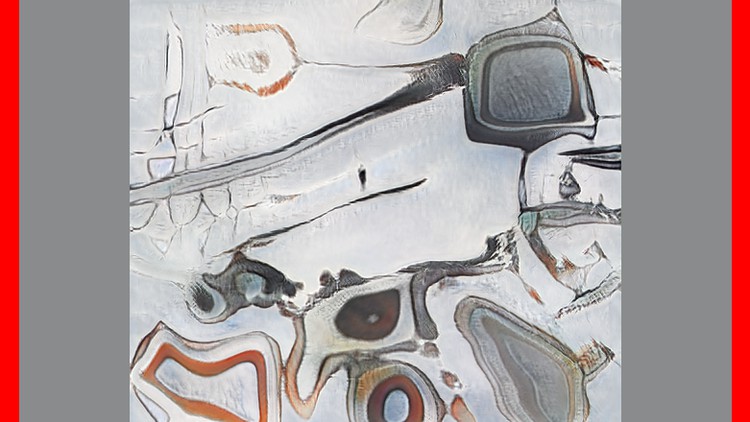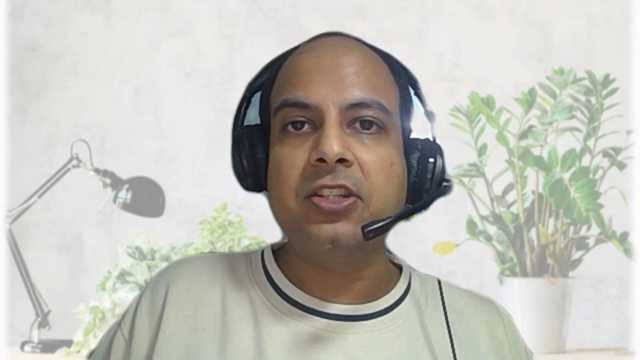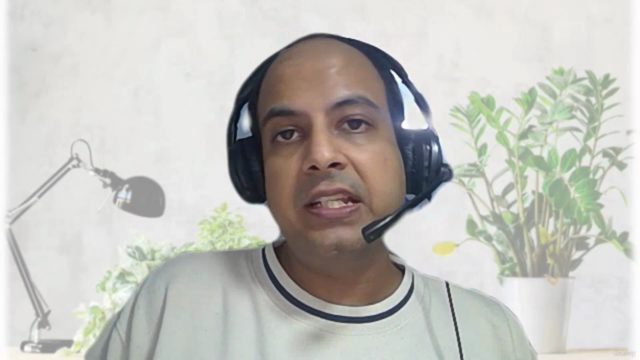Deep Learning for NLP - Part 8

Why take this course?
Deep Learning for NLP - Part 8: Graph Neural Networks (GNNs)
Course Instructor: Manish Gupta 🚀
Introduction to Graph Representation Learning
Graph representation learning has revolutionized the way we process and analyze graph-structured data. The emergence of Graph Neural Networks (GNNs) has been a game-changer, enabling us to tackle complex problems across various domains with unprecedented efficiency and accuracy.
🔍 Key Takeaways:
- Graph Basics: Understanding nodes, edges, and graph matrices like adjacency and Laplacian.
- Graph Learning Tasks: Exploring node-centric and graph-level tasks that GNNs can handle.
- GNN Operations: Mastering the essential operations of filtering and pooling in graph neural networks.
Core Concepts of Graph Neural Networks
We will delve into the core concepts of GNNs, starting with:
- Graph Data Representation: Learn how to represent graph data effectively for machine learning models.
- Types of GNNs: Discover various types of GNNs, including Graph Convolutional Networks (GCNs), Graph Attention Networks (GATs), and more.
- Message Passing Framework: Understand the general framework that underpins how information propagates through a graph.
Graph Filtering Methods
Filtering in GNNs is crucial for learning from graph-structured data. This section will cover:
✅ Graph Convolutional Networks (GCNs): Learn the fundamentals and applications of GCNs. ✅ Graph Attention Networks (GATs): Understand how attention mechanisms can be applied to graphs. ✅ Confidence GCNs & Syntactic GCNs: Explore advanced filtering methods that capture diverse aspects of graph data.
Graph Pooling Methods
Pooling in GNNs is essential for capturing the global structure of a graph. We will explore three main types:
- Topology Based Pooling: Techniques like Normalized Cut and Graclus will be discussed.
- Global Pooling: Methods like Set2Set and SortPool will be explained.
- Hierarchical Pooling: Learn about diffPool, gPool, and SAGPool and their applications.
Unsupervised GNN Architectures
Unsupervised learning with GNNs can reveal latent structures within graphs without labeled data. This section includes:
- GraphSAGE: Discover this inductive model that learns node representations by aggregating neighboring information.
- Graph Auto-Encoders: Understand how graph auto-encoders reconstruct graph structure for learning.
- Deep Graph InfoMax: Explore a framework that maximizes the mutual information between the graph and its representation.
Applications of GNNs in NLP
GNNs are not limited to structural data; they also have significant applications in Natural Language Processing (NLP). In this course, we will cover various NLP tasks where GNNs can be applied, including:
✨ Semantic Role Labeling 📈 Event Detection & Multiple Event Extraction 🌍 Neural Machine Translation ⏳ Document Timestamping 🔗 Relation Extraction
Conclusion
Graph Neural Networks represent a powerful tool in the modern data scientist's arsenal. By understanding and applying GNNs, you can unlock new possibilities in both classical and emerging application domains. Join this course to become proficient in leveraging GNNs for advanced NLP tasks. 🌟
Enroll now to embark on your journey into the world of Graph Neural Networks and their profound impact on Natural Language Processing! 📚➡️🤖🎉
Course Gallery




Loading charts...